Finding our icons
As a reader, I have a greater memories of photographs stuck in my brain than words
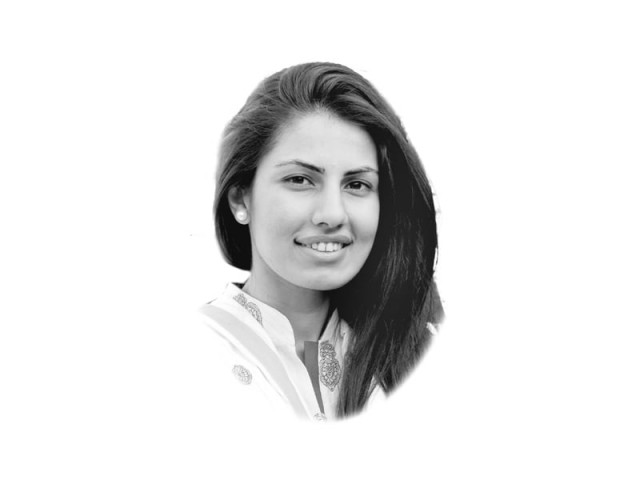
The writer is a former Pakistani journalist and is now pursuing a PhD in Women and Peace Journalism at the University of Wollongong, Australia. She tweets @ayeshahasan08
Google Pakistani photojournalists and some names will pop up, including the very talented Mobeen Ansari, the extremely creative Faseeh Shams and the master of innovation Bani Abidi; but the nature of their work does not confine them solely to Pakistani photojournalism, leaving a huge vacuum that desperately needs to be filled up.
In journalism particularly, photographs are equally significant for both the story and the reader. There's something magnetic about (good) photographs. Even if we ignore the story, images will catch our attention; and better photographs will make us read the complementing stories. Why then is it that our photojournalists do not invest in good captures and our media organisations in photojournalists, their training, and in their equipment for that matter? Especially now that an image's outreach has surpassed print media into the digital space, reaching the world audience; and no matter which language they speak, they all understand the language of a photograph.
Speaking from personal experience, the average ratio of photographers to reporters in an (established) Pakistani print and online media set-up is around one to 10. As part of a small ongoing research, I spoke to a few editors from some newspapers and online media in Pakistan about these alarming numbers and why quality photojournalism was mostly overlooked. I was told they had no choice but to compromise on average quality work, saying they hardly received job applications from photojournalists or interns. Their responses opened a Pandora's box with a basic problem: lack of professional training and interest, which makes sense. Take my case for instance. I graduated from one of the country's best institutions for media studies and if there was one area that was not given enough attention, it was photojournalism. Likewise, most prominent educational institutions in the country have miserably failed in developing an understanding of the rhetoric of the image; explaining the dearth of both numbers and interest. For years, the US government blamed photographs of casualties of the Vietnam War for forcing an end to the war, and it is instances like these that augment our belief in the impact of visual rhetoric. Strong photographs reflect social knowledge and dominant ideologies, influence political behaviour and identity; shape and mediate understanding of events and periods of present and history; they speak, they tell a story. A Canon EOS 5D Mark III or a Nikon D7200 will not make good photojournalists, professional training will.
Photojournalism is serious business and not monotonous captures; and definitely not those endless donkey-cart-shots, extended-queues-at-a-fuel-station-shots, youngsters-taking-a-dip-in-the-canal-shots, those sunrise-and-sunset-shots and the peak-hour-traffic-jam-shots, which when the final dummy of the newspaper is sitting to be sent out into print, often make editors desperately rummage through agency photos, hoping to find something worth publishing. So, let this piece be a call to our educational institutions and media organisations to realise that it's about time serious investments into photojournalism were made so we can make icons of our own — our very own Vulliamys, McCurrys and Langes — and bring home some Pulitzers, unless they belong to the same school of thought as social critics and Western philosophers from Plato to Neal Postman, who expressed a deep and abiding fear of the threat visual practices pose to the public's deliberative capacity for rational decision-making, not much of which we are doing anyway. Photos might help our case.
Published in The Express Tribune, May 17th, 2016.
Like Opinion & Editorial on Facebook, follow @ETOpEd on Twitter to receive all updates on all our daily pieces.

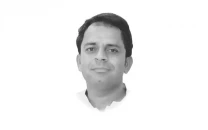
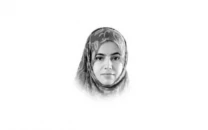
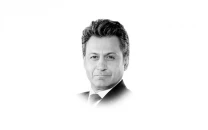
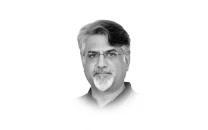
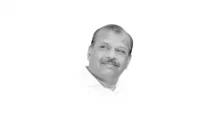
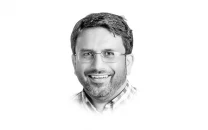
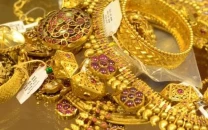
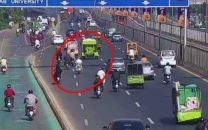
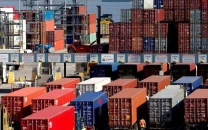
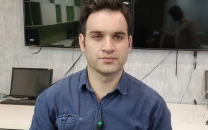
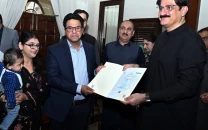
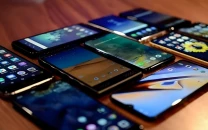
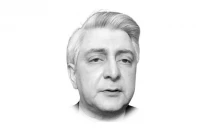
COMMENTS
Comments are moderated and generally will be posted if they are on-topic and not abusive.
For more information, please see our Comments FAQ